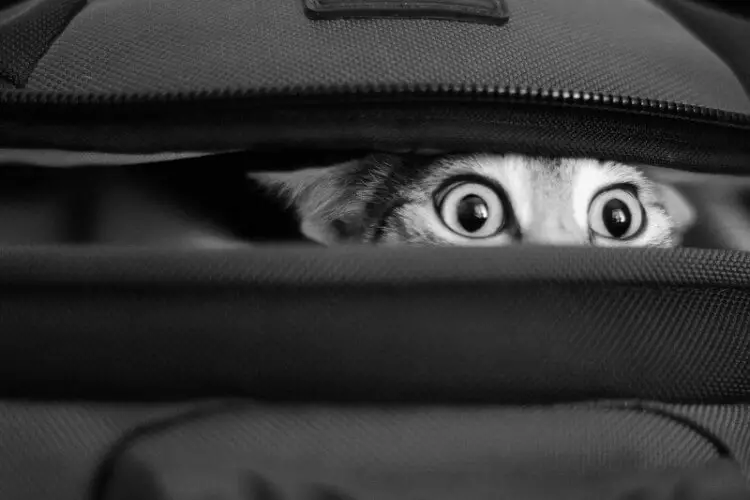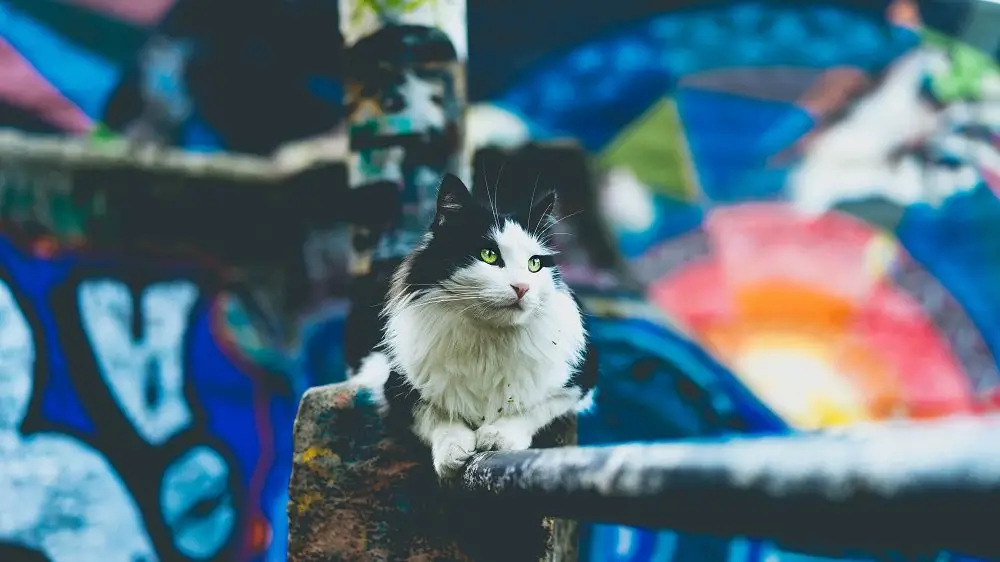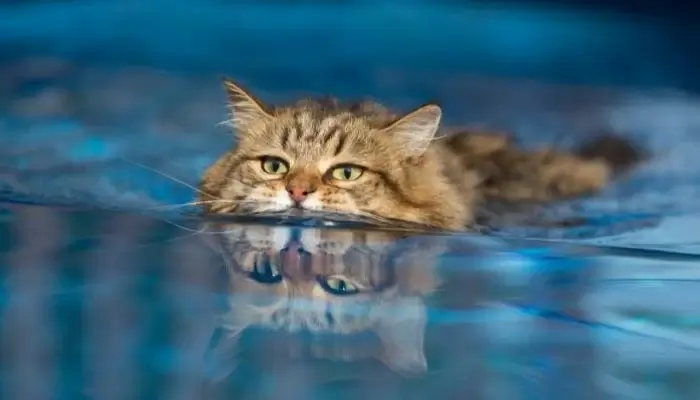Cat theft, much like other types of pet theft, is an unfortunate reality that cat owners across the UK have to face.
It has been estimated that up to 360,000 cats are stolen a year, although over half of these are eventually returned.
With a greater understanding of the risks of cat theft, cat owners are in a much stronger position to keep their pets safe.
Contents
Why Are Thieves Stealing Cats?
Similar to other pet thefts, the main motivator to cat thefts is money. Cat thieves aim to make money off your stolen pet in three ways:
- To Be Sold – This is the most obvious way criminals can make money from your stolen pet. Some buyers don’t ask many questions when buying their new pet which allows thieves to quickly sell stolen cats for a profit. To combat this always ensure you buy responsibly by asking questions such as what conditions was the cat bred in, has it had its jabs and if it is microchipped.
- Reward – This is a more creative way to make money from stolen pets and involves waiting until the distraught owner offers a reward for the safe return of their pet. The criminal then contacts the owner pretending to have found the “lost” pet and receives the reward from the grateful owner. Another sinister side to this is asking for ransom for the safe return of the pet. Many owners choose to pay up.
- Breeding – Some thieves are targetting cats with the aim of breeding them in cramped, horrible conditions so that the kittens can be sold, this is particularly true for rare breeds. Cat owners can help to fight this by having their cats spayed and neutered so they cannot be used for breeding purposes.

How To Stop Your Cat Being Stolen
Most pet thieves are opportunistic and will normally steal cats if they get a chance rather than targeting specific pets. It is possible to minimise your cat’s risk of being stolen without having to keep them cooped up inside the house all day.
- Use a cat collar – Cat collars are often a contentious subject for cat owners, some cat owners think they shouldn’t wear them as they can be dangerous to if they get caught in a tree or bush. However, collars can be useful for keeping your pet safe if you use an ID tag with your contact details on. Consider choosing a collar that has reflective material as well, to help make your cat more visible at night. Just ensure that the collar is well-fitted and has a quick release feature so that it is safe for your cat.
- Bring your cat in overnight – Like many types of criminal activity, most cat thefts occur under the cover of night. This is why it might be sensible to bring your cat in overnight. Shake some biscuits or anything that rattles to try and encourage them to come in for the night. This also helps to keep them safe from cars.
- Microchip your cat – Unlike with dogs, microchipping your cat isn’t required by UK law. However, not microchipping your cat can make it significantly harder for the authorities to return your lost or stolen cats. Microchipping your cats makes it as hard for cat thieves to sell the stolen cat as possible. It is also important routinely update your contact details and note it on the cat’s collar.
- Use a cat tracker – A cat tracker allows you to keep an eye on the location of your cat on your phone, even if the thief takes the tracker off your cat you will be able to see the time and location of the theft which can help get your cat back.
- Have your cat neutered or spayed – As we mentioned earlier, some thieves are interested in stealing your cat to breed from it. This is why it is important that you get your cat neutered or spayed, and record it on their collars. This puts off thieves looking to use your cat for breeding. In addition, it stops your cat having unexpected litters and stops male cats from roaming.
- Be careful when you move home – This is less about reducing your cat’s risk of being stolen and instead to stop them from getting lost. Moving home can be disorienting for your cat so it is a good idea to keep them inside while they get familiar with their new environment, which makes it easier for them to find their way back.
- Have cat insurance – You may assume that cat insurance is only for vet bills, but some insurers also provide cover for if your cat is lost or stolen. This can include money to pay for advertising your lost cat, helping to reunite you with your cat quicker.
Buy Cats Responsibly
As with many crimes, removing the incentive can be a good way to remove the crime. This is why it is essential that everyone buys cats and other pets responsibly. The problem of cat theft can be worsened by people purchasing kittens bred from stolen cats unknowingly.

When you are buying a kitten be sure to be cautious of who and where you are buying it from. Be on guard for anything that doesn’t feel right, such as:
- The seller isn’t interested in any details about you or the cat’s new home – Legitimate kitten sellers will want to know their kittens are going to a good home and should be asking questions to establish that.
- The price is unrealistically low – Like many things in life, it is wise to be careful of things that are too good to be true and if the price for your new kitten is surprisingly low it might be worth asking yourself why that is.
- The seller won’t show you the kitten’s mother – If the seller is restricting your access to the mother and other kittens then it might be worth asking what kind of conditions they are living in.
- There aren’t any documents to accompany the kitten – Be very cautious of any seller that doesn’t have any of the regular documents such as breed paperwork, any vaccination certificate, any vet visits or any details on microchipping.
- The kitten looks unwell – Probably the most obvious and compelling sign is the kitten itself looking unwell. If the kitten’s eyes are dull and it isn’t very alert then the conditions it is being kept in are probably very poor. If you are concerned for the kitten’s wellbeing it might be wise to alert the police.
It is also a good idea to consider a rescue cat rather than buying a kitten. It is incredibly rewarding to provide a loving home to a rescue cat and good rehoming centres all give their cats health and behaviour assessments which means you always know what you are getting.
What To Do If You Become A Victim Of Cat Theft
Unlike with dogs, it is sometimes hard to keep track of your cat and you might not realise they are missing straight away. But if you are concerned the first thing you should do is look around the immediate surroundings. Cats are often just relaxing in places like your shed or garage.
Also, be sure to ask your neighbours to keep an eye out for your lost cat and to contact you if they see it. Cats often roam away from their home and could have visited a neighbours garden or home.

If you haven’t been able to find your cat after a few hours of searching and shaking cat biscuits and you are getting more worried then here are some ways you can help expand the search:
- Posters – This is a tried and tested method to help locate lost pets and it as useful today as it was in the past. Share posters on lampposts, notice boards and in local shops (ask a member of staff first). Ensure to include some recent photos of your cat with your contact details.
- Social Media – The modern equivalent to putting up posters and another great way to spread the word about your missing cat. Share images of your cat with contact details with your friends as well as local information groups. You would be surprised how far some of these missing pets notices can be shared online.
- Register your missing cat – There are several sites online that allow you to register your cat as missing and get help finding them. Animal Search UK, for example, has over 82,000 volunteers helping to reunite lost pets with their owners.
- Contact local vets and shelters – If your cat is missing it is a good idea to contact anywhere that someone might take a lost cat and didn’t have your contact details.
- Check your contact details are up to date – Make sure you contact the microchip database if your cat is lost or stolen and make sure you update your contact details. This helps vets or rescue centres get in contact with you if your cat is handed in.
- Report it to the police – Pet theft is a criminal offence and if you think your cat has been stolen then you should report it to the police. Give the police as much information as you can, including a physical description, your pets microchip information and any details of the theft if you have any. Be sure to get a crime reference number. This will help you to check the progress of the investigation.
This article was written by Oakpark, a home security specialist attempting to raise awareness of the risk of pet theft and offer some tips on how you can help keep your cat safe for Pet Theft Awareness Day.
As an Amazon Associate I may earn a small fee from qualifying purchases at no extra cost to you. This helps us run the site, so thanks for your support!







Leave a Comment